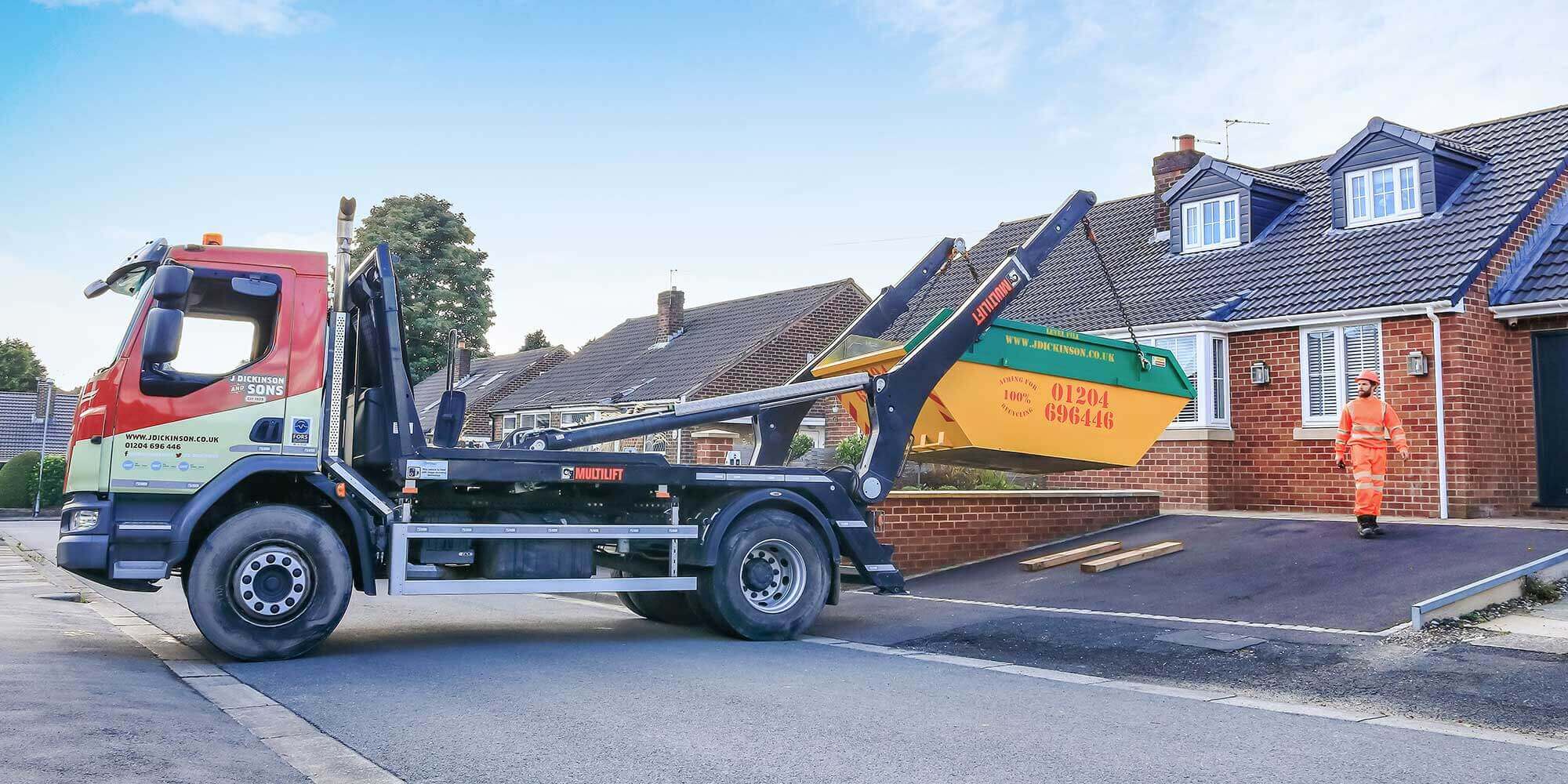If you’re considering a long-overdue garden upgrade, give some thought to your local wildlife and you could create a much-needed new habitat that brings daytime and nocturnal visitors to your property.
There are plenty of ways to do this without disrupting your own enjoyment of the space, so why not hire a skip for the gardening waste you generate along the way and get stuck in before the end of the year?
Here are three of the ways organisations in the UK are working hard in 2019 to create and support habitats for some of our most important and most loved wildlife.
1. Hedgehog highways
Just because you haven’t seen a hedgehog in your garden, it doesn’t mean they’re not out there, especially at night under the shelter of bushes, hedges and shrubs.
Hedgehogs are active at night but are still very shy, so even if you have them in your garden, they can be hard to see.
But it’s important that they are able to move around freely, including giving them safe ways to move from one garden to the next.
A hedgehog highway does just that – using small holes at the base of fences, or pipes that tunnel underneath, to give hedgehogs a way through that is not blocked by the fence or by debris around the bottom of it.
The UK government ordered new house builders to do just that in July 2019, when communities secretary James Brokenshire announced that developers will be expected to ensure new housing estates have gardens that hedgehogs can roam freely through.
2. New homes for newts
Great crested newts are a protected species but over the course of the 20th century, the UK lost about half of the ponds that were previously suitable habitats for the species.
As many as 80% of those that remain are in a poor state, and in February 2019 Defra announced a change in policy to help increase the availability of newt habitats.
Under the new rules, property developers who want to build on land where newts are known to live can gain permission by funding the restoration of newt ponds elsewhere or the creation of new ones.
If you want to do your bit, you might want to consider building a newt-friendly pond in your own garden, especially if you live in lowland England where the species is more common.
Hire a skip for the gardening waste you produce along the way, especially if you’ll need to clear some shrubs or trees to make space and give the newts somewhere to live.
3. Swiftly does it
If you’re building a garage or a brick extension to your property, consider fitting one or more swift nesting bricks into the masonry.
These look like ordinary bricks but are actually made of hollow plastic with a textured entrance the birds can grip on their way in, and a dish-like recess inside for them to nest in.
In the past, swifts would have nested in the brickwork where bricks were missing or mortar had crumbled away, but better building techniques mean there are fewer suitable sites where they can do this.
Swift bricks were part of the guidelines announced by James Brokenshire in the summer, and have been pioneered also by the RSPB in partnership with Barratt Homes and Manthorpe Building Products, which produce swift nesting bricks.
But they don’t have to be limited to new-builds – so if you’re getting an extension or other structure built in red brick this autumn, remember the swifts.
Share this




